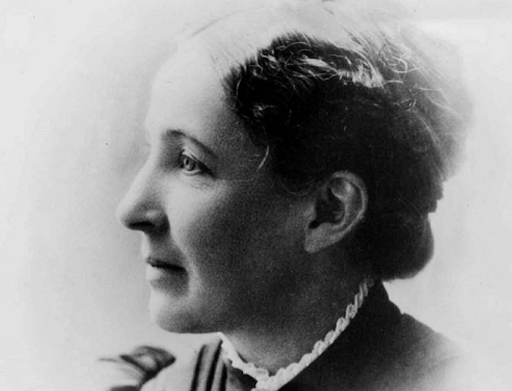Redmond, meet Espoo. Microsoft announced a $7.17 billion purchase of Finnish telecom corporation Nokia’s Devices and Services division on Tuesday, Sept. 3. The purchase includes the Lumia brand of smartphones, Nokia employees and patent licensing.
“This is a bold step into the future,” wrote Microsoft CEO Steve Ballmer in an email to Microsoft employees announcing the transaction. This news follows Ballmer’s recent announcement of his retirement. His replacement has not yet been announced, but it is speculated that Nokia CEO and President Stephen Elop is a candidate.
Elop, former head of Microsoft’s business division and member of the senior leadership team, will step down as Nokia CEO. He will take on the role of executive vice president of devices and services, before transferring to Microsoft where he will head the devices team as a senior vice president.
As a result of the purchase, Microsoft will acquire Nokia design patents and the Lumia and Asha mobile phone brands. Nokia will retain its own brand name, but will license it to Microsoft for 10 years. Included in the transaction is 1.65 billion euros to license Nokia’s portfolio of utility patents. To quote a Microsoft presentation: “We consider it to be one of the two most valuable portfolios relevant to wireless connectivity.”
Patents have proved both ammunition and defense in the ongoing intellectual property smartphone turf wars waged between Apple, Samsung, Motorola and Microsoft, among other parties.
The agreement will also result in the transfer of 32,000 employees.
While Nokia is best known worldwide for their mobile phones, the purchased business represents only about half of their 2012 revenues. Nokia plans to continue offering services and technologies in the areas of network infrastructure, mapping and technology development.
Much of Nokia’s future business, however, looks to be Microsoft-related. The agreement includes a 10-year patent licensing agreement. In addition, Microsoft will license Nokia’s HERE mapping service for four years, becoming one of the service’s top three customers.
HERE is a competitor to similar mapping services from Google and Apple, providing maps, navigation and public transit directions through mobile apps and its website.
Nokia pioneered cellular telephone technologies in the late 1980s, helping to develop the global system for mobile communications (GSM) networking standard which is still in use today. The Nokia 9000, released in 1996, was an early smartphone predecessor. It offered email and graphical web browsing on a hybrid cellphone-PDA device.
In the 2000s, Nokia was a dominant player in the emerging cellphone industry. In 2007, Nokia was the world’s largest cell phone manufacturer with 39 percent of the global market. Since then, Nokia has lost over half of their market share. According to a report by Gartner, Inc., Nokia’s mobile phones accounted for 14 percent of the market, in second place overall, trailing Samsung’s 24.7 percent. In 2007, the company had an operating profit of 7.8 billion euros. In 2012, the company posted a 2.3 billion euro loss.
Nokia began manufacturing Windows Phone devices in 2011 with its Lumia line, following an effort to develop its own modern smartphone operating system, MeeGo.
Nokia is the dominant manufacturer of Windows Phone devices. According to statistics collected by the mobile ad network AdDuplex in February 2013, Nokia-manufactured phones account for 78.13 percent of Windows Phone devices in use.
Nokia has a large piece of a small pie. As of the second quarter of 2013, Microsoft controls 3.3 percent of the worldwide smartphone market, having sold 7.4 million devices, according to Gartner. Microsoft leapfrogged BlackBerry (whose market share fell to 2.7 percent) to third place behind dominant platforms Android and iOS, accounting for 79.0 and 14.2 percent of the market respectively.
This acquisition will significantly increase Microsoft’s device manufacturing activities, adding the Nokia phone line to its existing stable of products, including the Xbox gaming platform, the Surface tablet and a range of computer peripherals. The acquisition mirrors Google’s 2012 purchase of Motorola Mobility.
Investors responded to the news, sending shares of Nokia up 31 percent Tuesday.








